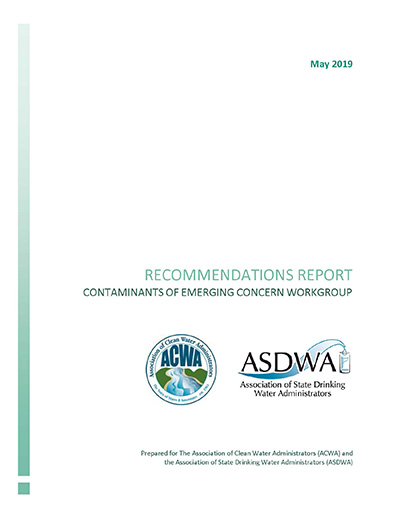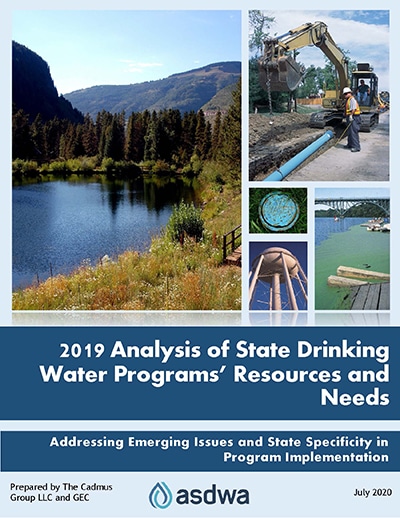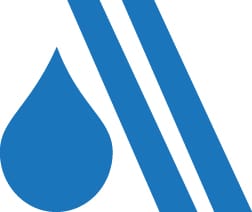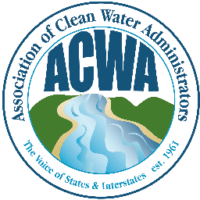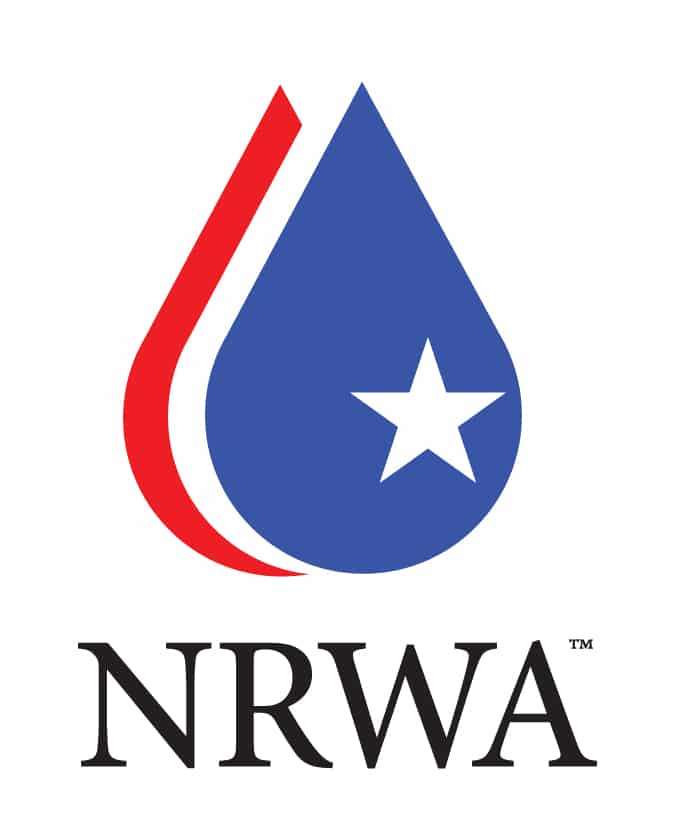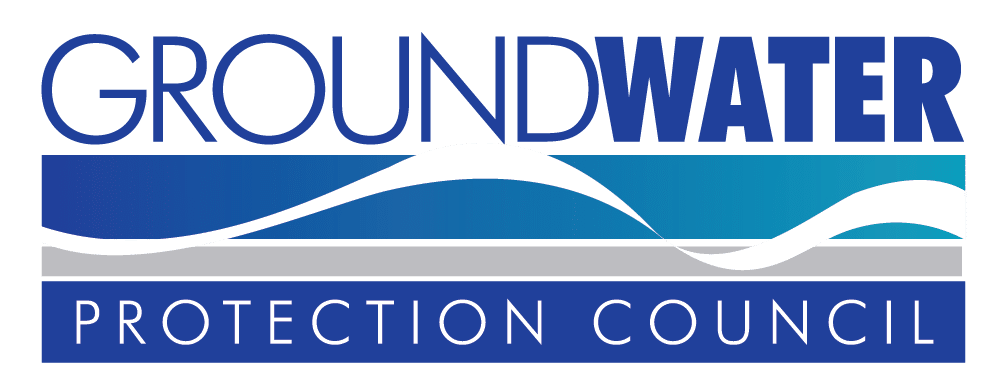Original Broadcast: June 18, 2020
Download the Presentation
This webinar showcases ASDWA’s guide and toolkit that demonstrates and shares effective strategies for addressing PFAS contamination risk in source waters to help inform policy decisions, assist state drinking water programs in protecting public health, and encourage collaboration and communication among states and water utilities. The tool includes three main components: 1. The Decision Support Tool provides examples of state actions to address PFAS contamination. 2. The Technical Appendix includes an overview of PFAS, chemicals of concern, PFAS in the U.S., and state PFAS profiles. 3. The Mapping Guidance aids identifying and mapping source waters that are vulnerable to PFAS contamination.
Learn more at www.asdwa.org/PFAS


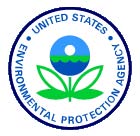

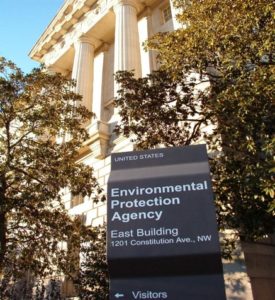
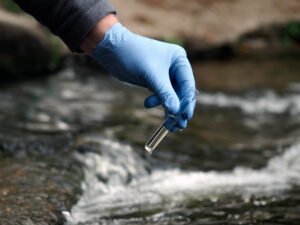
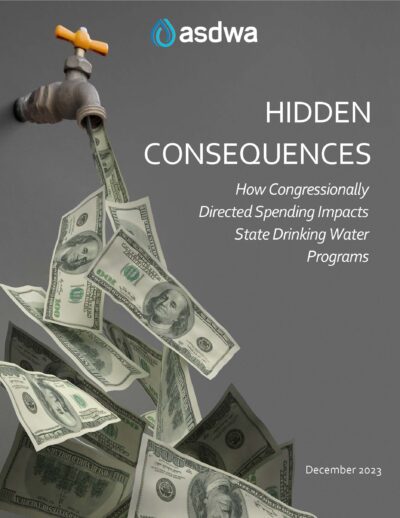
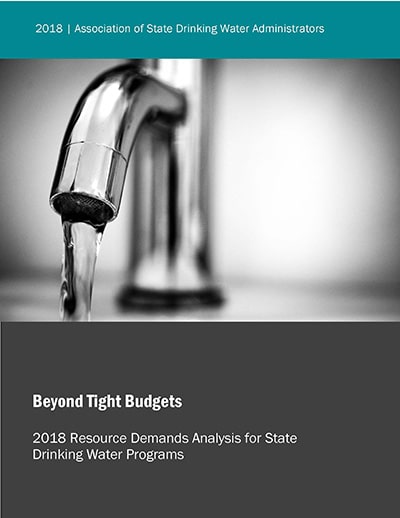
![Costs of States' Transactions Study [CoSTS] (April 2018)](https://www.asdwa.org/wp-content/uploads/2018/12/CoSTS-Report-2018-Cover-400px.jpg)
